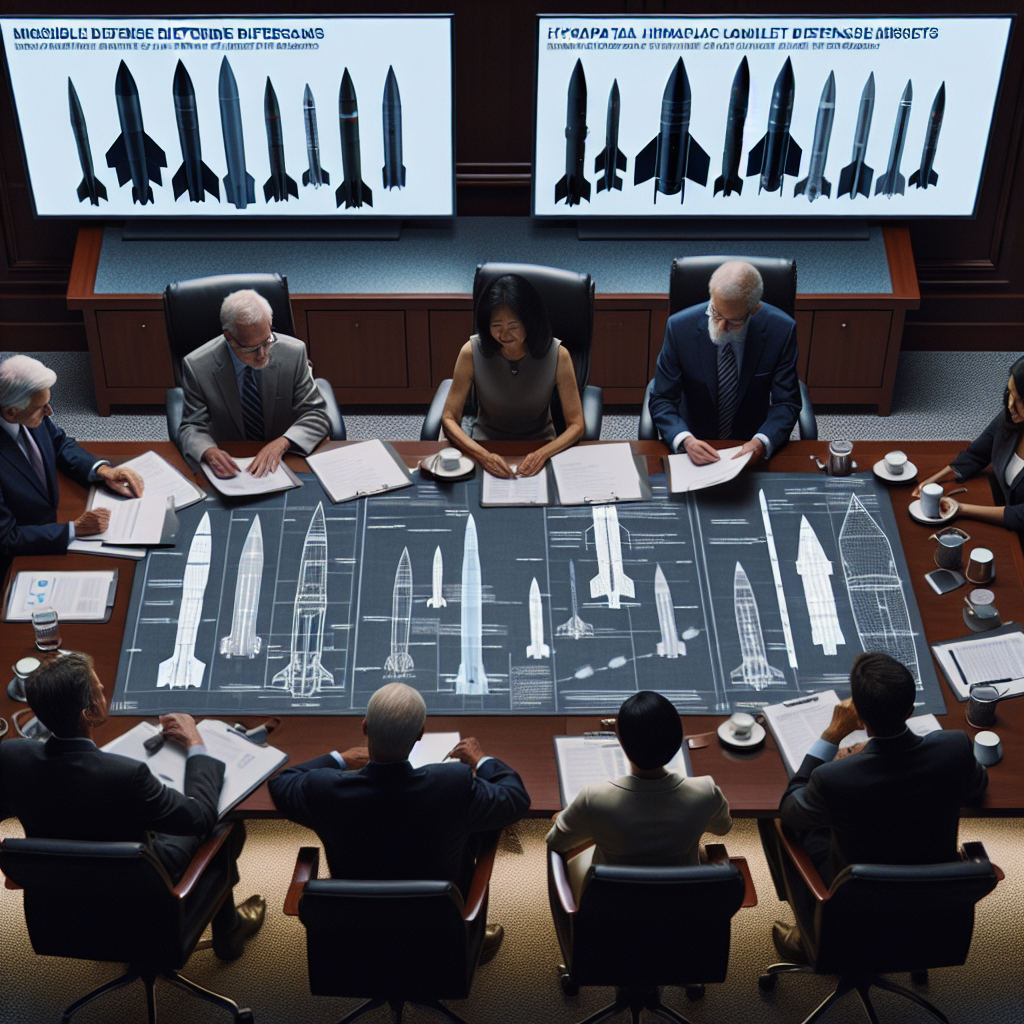Japan’s Cabinet approved a record-breaking defense budget of 8.7 trillion yen (550 billion US dollars) for the year 2025 on Friday. The country is currently accelerating the development of its long-range cruise missile defense capabilities and deploying Tomahawk missiles to counter the growing threats from China, North Korea, and Russia.
The year 2025 marks the third year of Japan’s five-year military construction plan based on the national security strategy passed in 2022. The defense budget just approved by the Cabinet is part of a national budget bill exceeding 115 trillion yen (730 billion US dollars). The bill still needs approval from the parliament before it can take effect by March.
Japan is gearing up to deploy US-manufactured Tomahawk missiles in the latter part of the 2025 fiscal year as part of its ongoing efforts to possess the capability to strike distant targets with long-range missiles. The budget allocates 940 billion yen (6 billion US dollars) for the so-called “standoff” defense system, which includes long-range missiles, satellite constellations, and other arsenals.
This cost includes 18 billion yen (114 million US dollars) for equipment procurement and installation needed to launch Tomahawk missiles from Aegis-class destroyers.
To enhance its missile defense system, Japan plans to spend 533 billion yen (3.37 billion US dollars), including purchases of interceptors and mobile reconnaissance radars to be deployed in Okinawa. More than half of the over 50,000 US troops stationed in Japan are based in Okinawa.
According to the defense strategy, Japan aims to double its annual military spending to about 10 trillion yen (630 billion US dollars), making it the world’s third-largest military spender after the US and China.
As part of its military construction, Japan is promoting the development of its domestic defense industry through joint development and promoting exports.
Japan plans to spend 314.8 billion yen (2 billion US dollars) by 2025 to build three 4800-ton new type multipurpose small destroyers with each requiring a crew of 90 sailors. With design enhancements for automation and labor-saving, the crew size is expected to be less than half of the current requirement. Additionally, Japan hopes that Australia will choose the platform for its future frigates. Officials say these destroyers are upgraded Mogami-class destroyers equipped with long-range missiles, enhanced anti-submarine warfare capabilities, and high stealth performance.
The destroyers built by Mitsubishi Heavy Industries are one of the two candidate ships for Australia’s “Sea 3000” frigate program, competing against the German “MEKO A-200” frigates offered by Thyssenkrupp Marine Systems. Japan will collaborate with the Australian Navy in joint development and production of frigates.
Defense Minister Gen Nakatani stated last month that the project not only deepens cooperation between Japan and Australia but also enhances Japan’s naval capabilities.
Japan’s only treaty ally is the US. Japan also has close ties with Australia, considering Australia a semi-ally, as both countries face increasing threats from China in the region.
Having lost to France in the submarine deal with Australia in 2016, Japan is eager to win this contract. Prime Minister Shigeru Ishiba’s Cabinet has approved the sale of Mogami-class small destroyers to Australia, hoping to secure the project. A joint government-industry task force has been formed to strengthen the promotional efforts to Canberra.
Japan is also collaborating with the UK and Italy to develop the next-generation fighter jet scheduled to be deployed in 2035, with an allocation of 108.7 billion yen (690 million US dollars) for the project.
With Japan’s population continuing to decline, the country is focusing on unmanned weapons and artificial intelligence to make up for the decreasing number of military personnel, with an allocation of 111 billion yen (703 million US dollars). Additionally, the Japanese government this week passed a plan to attract more applicants by significantly raising the salaries, improving working conditions, and supporting professional development of the Self-Defense Forces to strengthen the “human resources base.”

